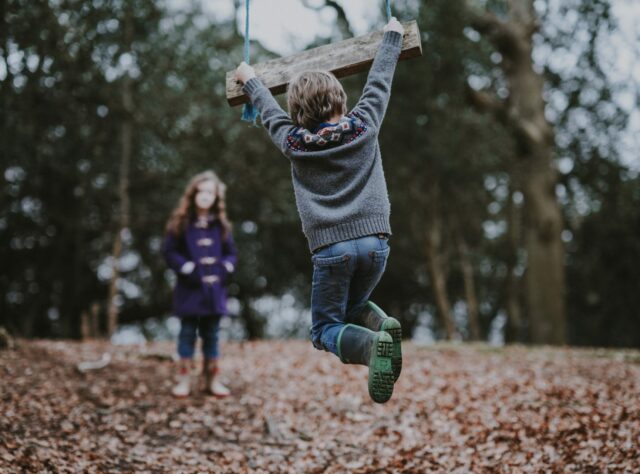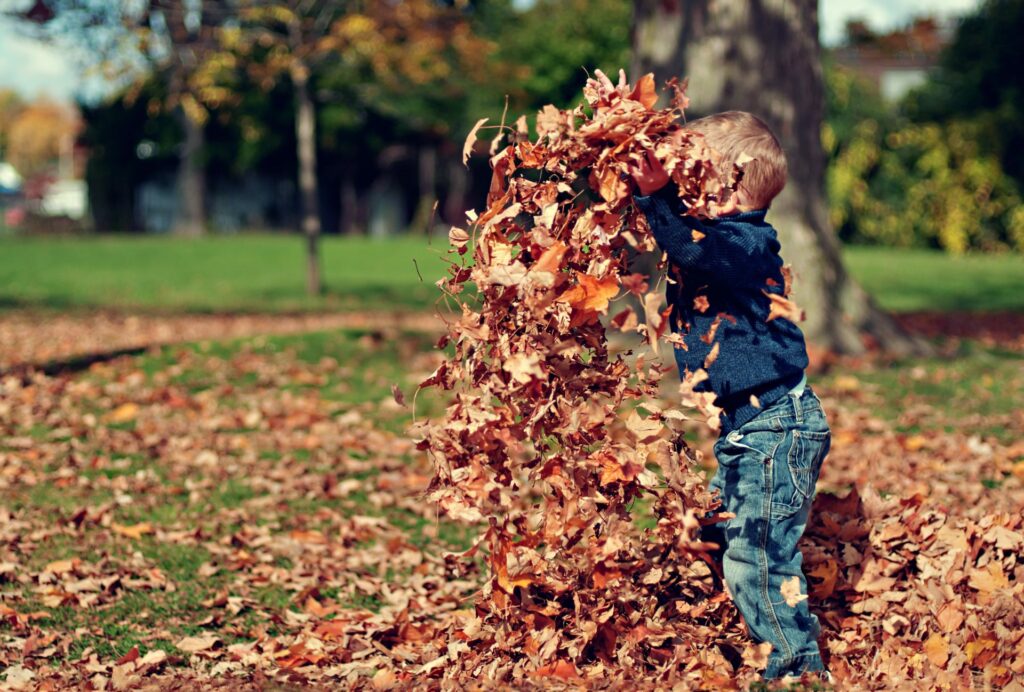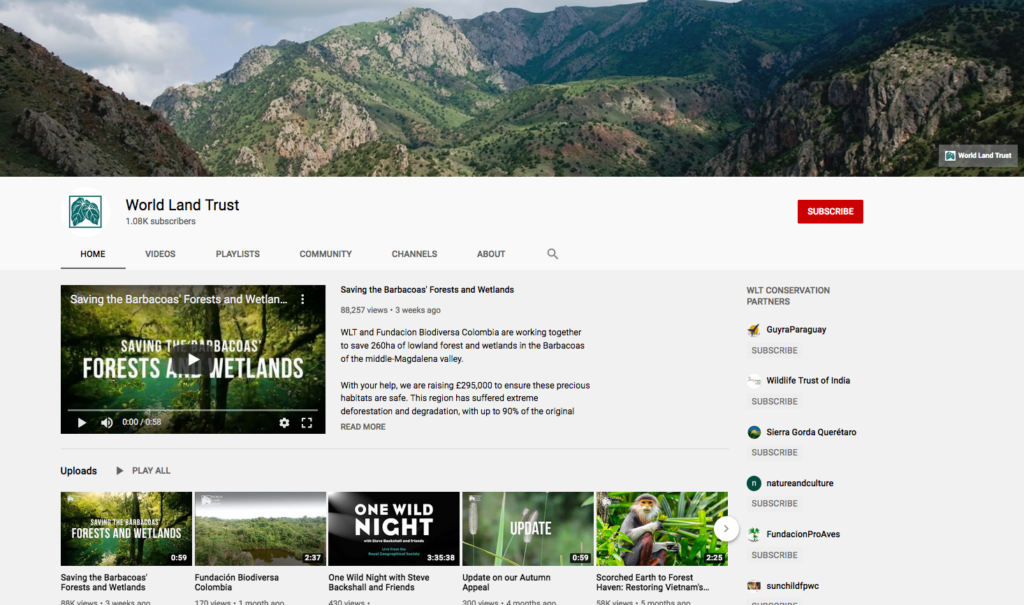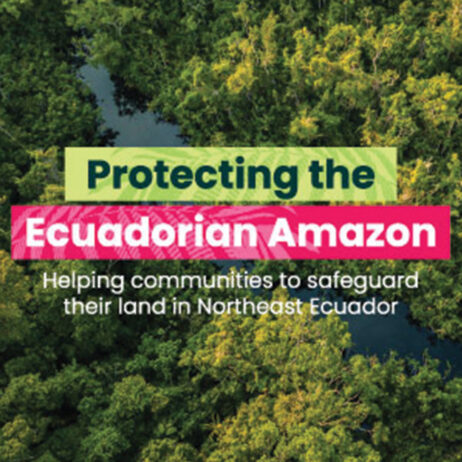
Fostering an interest in conservation for children today will help shape tomorrow’s world.
From today, school closures will see most of the UK’s children join others from around the world at home. But that doesn’t mean outside is entirely out of bounds. Here are five ways you can still bring outdoors, nature and conservation into their lives.
1. Grow something
For now, our back gardens are not off-limits, and even for those of you that do not have them, there are plenty of plants that you can grow indoors on a window sill.
April is a great time to plant sunflower, snapdragon and nasturtium, or if you’d like to try some grow-your-own food, carrots, spinach and onions can be planted outside, while courgette and other squash varieties can be planted indoors. Even if that isn’t possible, cress and herbs grow happily in sunny spots inside, and plants like kalanchoe, aloe and many cacti species can be nurtured and cared for by budding horticulturalists.

Child Planting a Tree ©WLT/Scott Guiver
2. Build an animal home
For those with space, and enough odds and ends such as wood and twigs, plant pots, piles of leaves and bricks, spend an afternoon creating a bug or hedgehog house. If space is limited, there are some fantastic tutorials, such as this temporary mini wormery , allowing your little ones to watch natural recycling in action.

A Bug Hotel. Credit: Tania Malréchauffé on Unsplash
3. Embrace technology
With the rise of streaming platforms, you can now find a nature documentary for every corner of the world. From Sir David Attenborough to YouTube, watching documentaries about the natural world is a great way to start conversations about issues facing animals and habitats. Let your children ask questions, turn researching answers into something fun, and give them a window into the wider world out there.
You could also join World Land Trust Patron, Steve Backshall’s at 9:30am (GMT) on Weds 25th March. He’ll be live on Facebook, Instagram AND YouTube. From habitats to holotypes, parasites to pademelons, he’ll doing his best to bring the wild world into your living room, from his own living room!
You may also like the World Land Trust’s webcams. in the forests of Brazil and the mountain tops of Armenia. Lets us know if anything exciting turns up.
4. Let their imaginations run wild.
It can be easy with science-based subjects to think we need to stick to the facts. But there is also a place for encouraging role-play and creative learning. This is limitless; use mud as paint, create collages using natural materials, write stories, go on a bear hunt or ask them to create their own animals. Teaching our children that science can be creativity-led is fundamental to helping them foster a keen interest, showing them how to ask questions and think outside the box.

Child Playing With Leaves. Credit: Scott Webb on Unsplash
5. Make an adventure list
Right now, the most important thing we can all do is stay at home to isolate the spread of Covid-19, in line with current guidance.
We might not be able to get out and about like usual right now, but we can plan for what we’re going to do when social distancing measures are relaxed.
Start with places nearby that you’ve not visited yet by spending time together researching local wonders. We all have those spots on our doorstep that we usually overlook, but learning about our local ecosystems is the perfect way to pique children’s interests in biodiversity. While we can’t get outside, you could help them to research local plants and animals, and perhaps go on a fact-finding mission about the weird and wonderful spots in your town, such as an impressive tree or an unexplained crater!
Because once this is over, the natural world will still be there, ready for them to grab their wellington boots and get back outside.
Don’t forget, to help support schools and parents during this challenging time, World Land Trust has a selection of educational resources available. We’re also offering talks for schools — email us for more information.



